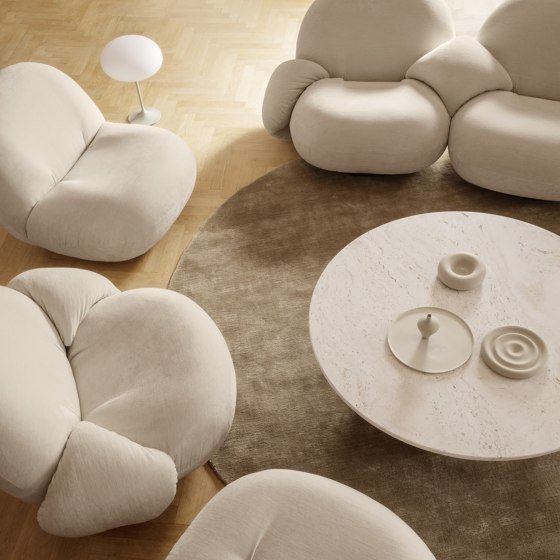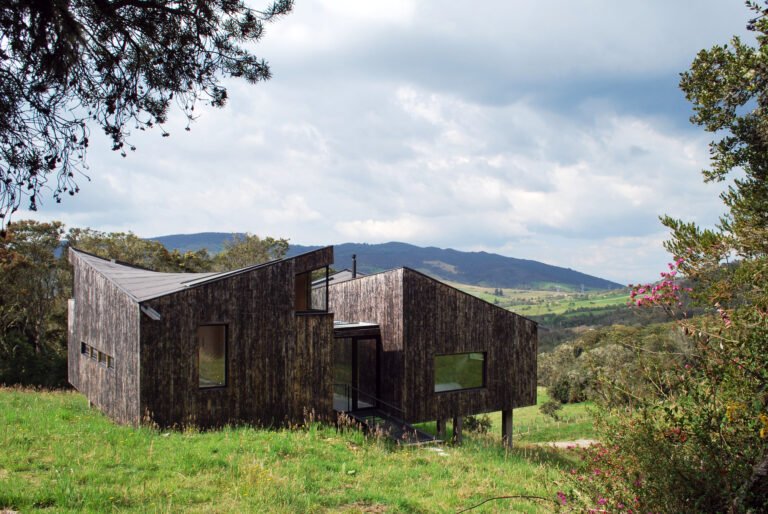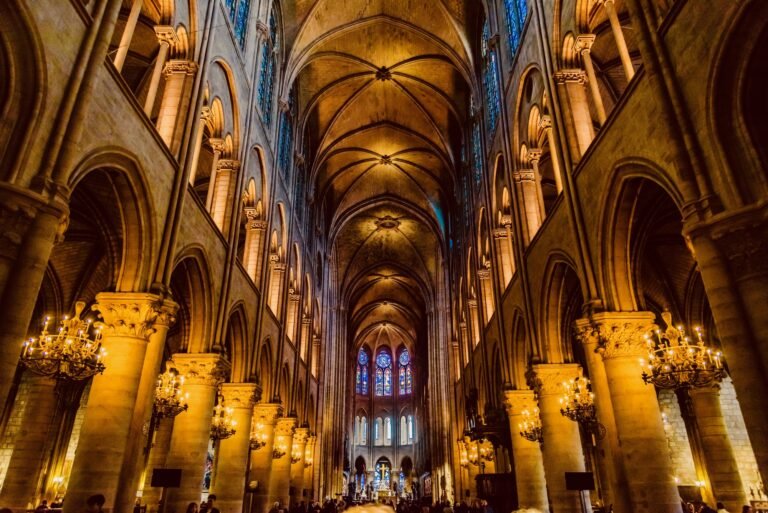The Architecture of Virtual Environments: Designing for the Metaverse
The Architecture of Virtual Environments: Designing for the Metaverse
.jpg?1650608161)
For the past couple of years, the metaverse has been gaining prominence, prompting architects to consider its implications for our relationship with the physical environment and how can architecture contribute to this new virtual space. Architecture in the metaverse is no longer a fringe subject, having been embraced by established firms. “The metaverse is where much of the architectural action and innovation will be happening in the coming period,” says Patrick Schumacher. Unbound from restraints such as physics, material properties and construction costs, the metaverse unlocked a new realm of architectural expression. The following looks at some of the various ways the profession engages with the expanding field of digital environments.
Unlike the 20th-century paper architecture, the architecture of the metaverse serves commercial purposes, continuing to be underpinned by a client-architect relationship. As outlandish at it sounds, large sums of money are being invested in digital land. Projected to become a trillion-dollar industry, many are rushing to become part of it, and the design of their virtual environments comes into central focus, as shown by new business opportunities such as Decentraland Architects. The newly-forged 3d design and architecture studio helps blockchain virtual world Decentraland users to develop their property in the metaverse.

In this virtual real estate market, architects and 3d designers seem on a level playing field, but not everyone agrees.”The metaverse is being built as we speak, rapidly. But who is designing it? Who should design it? My thesis is that the design of the metaverse falls within the remit of the discipline of architecture and the wider design disciplines,” Schumacher argues in a recent interview. While, in theory, the metaverse should be a levelling playing field where anyone could create their own universe, in reality, companies are looking to bring users to their part of the metaverse and invest money and knowledge into achieving this. Therefore, they’ve started commissioning established architecture firms for projects in the metaverse, the simple pairing of big names gaining instant interest in the initiative.
Related Article
Virtual Museums

Digital art museums and galleries have been around for several years in the form of virtual tours of significant institutions, but the trend has only been exacerbated by the pandemic and the growing popularity of NFTs. Auction house Sotheby’s has created a digital replica of its London headquarters in Decentraland, which functions as a virtual art gallery. Architects have also adhered to this new form of showcasing art. For Art Basel Miami, Zaha Hadid Architects created a virtual art gallery titled NFTism, exploring architecture and social interaction in the metaverse. Based on MMO (massively multiplayer online game) technologies, the virtual gallery featured designs created by ZHA that focused on user experience.
Work environments

Virtual meeting rooms have become ubiquitous since the onset of the pandemic, but the possibilities of new virtual workspaces attracted not only software companies but established architecture firms. Last year, UNStudio and Bjarke Ingels Group partnered with Squint/Opera to develop SpaceForm, a virtual, cloud-based platform that facilitates design, review and collaboration processes for architects and developers. The prototype, which simulated 3D environments with the scope of improving remote communication, was developed in 2018 and has subsequently been improved based on the feedback of architects and designers. Bjarke Ingels synthesizes the capabilities of the latest SpaceForm prototype as “the augmented creative, collaborative environment of the future which will allow an instantaneous confluence of actual and imagined realities – the present and the future fusing in our augmented sense of reality.”
Commercial Projects in the Metaverse

Architects are currently being commissioned to design masterplans and architectural spaces in the metaverse, giving rise to a whole new area of expertise within the profession. Grimshaw was commissioned to design a project in the metaverse for the forthcoming platform pax.world. The platform offers users who buy a plot of land in the metaverse the possibility of creating their own subverse and using it as a virtual headquarters, educational space, or entertainment venue. Grimshaw is set to design the first four gathering places for pax.world, dubbed “metaserai”, from the caravanserai along old trade routes.
Zaha Hadid Architects has recently designed a virtual “libertarian micro-nation” in the metaverse titled The Liberland Metaverse, featuring hyper-realistic districts. The office used its knowledge and experience in spatial design, wayfinding, and the framing of social atmospheres to create the virtual development. Since companies are bound to have physical space as well, the firm strongly believes in the synergy between the virtual and the physical environments, and consequently, it is architects who should be designing these sites and not graphic designers.
The metaverse continues to be highly debated, as some consider it the future of architecture and others a speculative phenomenon where most interactions are monetized. Whether the metaverse unfolds a new revenue stream for architects, or a paradigm shift within the profession remains to be seen.
This article is part of the ArchDaily Topics: The Future of Architectural Visualizations, proudly presented by Enscape, the most intuitive real-time rendering and virtual reality plugin for Revit, SketchUp, Rhino, Archicad, and Vectorworks. Enscape plugs directly into your modeling software, giving you an integrated visualization and design workflow. Every month we explore a topic in-depth through articles, interviews, news, and projects. Learn more about our ArchDaily topics. As always, at ArchDaily we welcome the contributions of our readers; if you want to submit an article or project, contact us.







